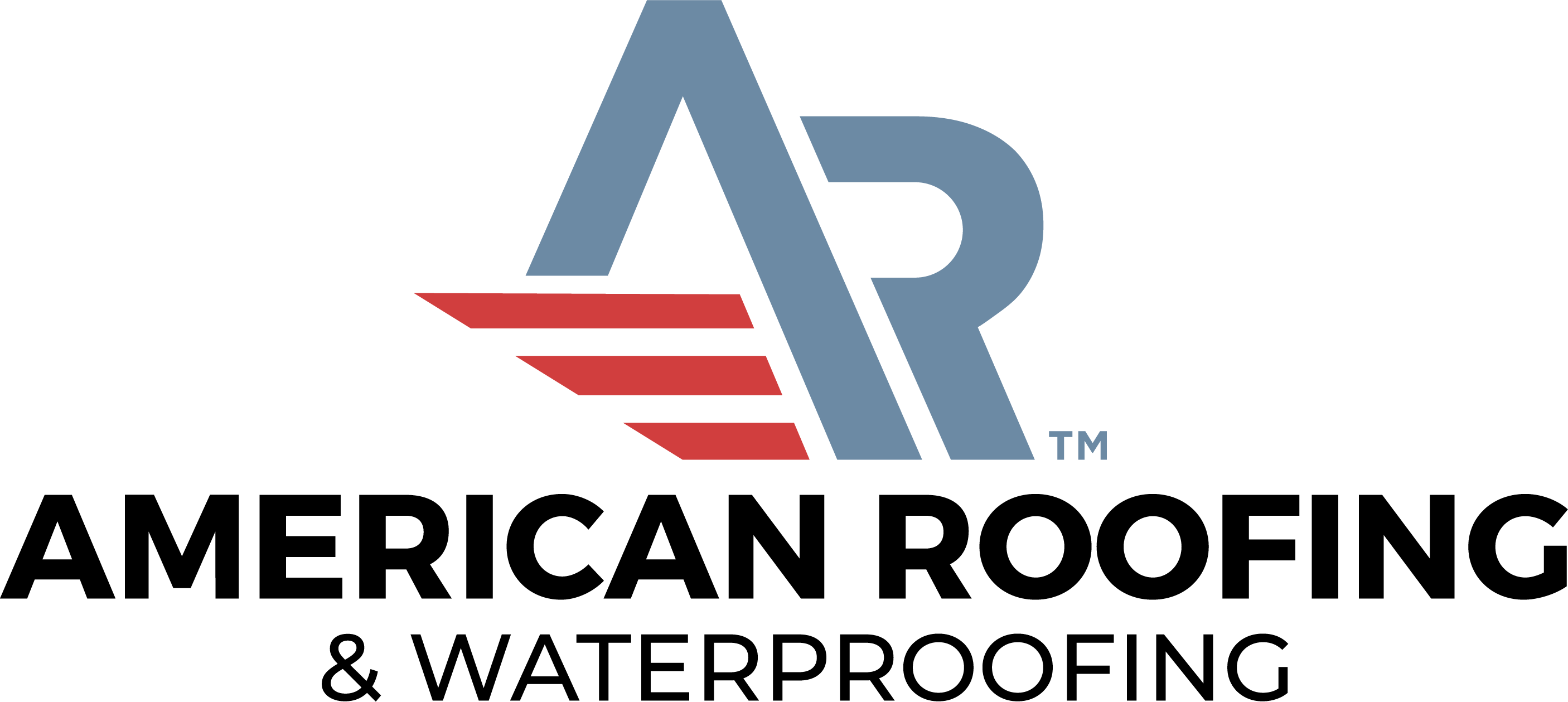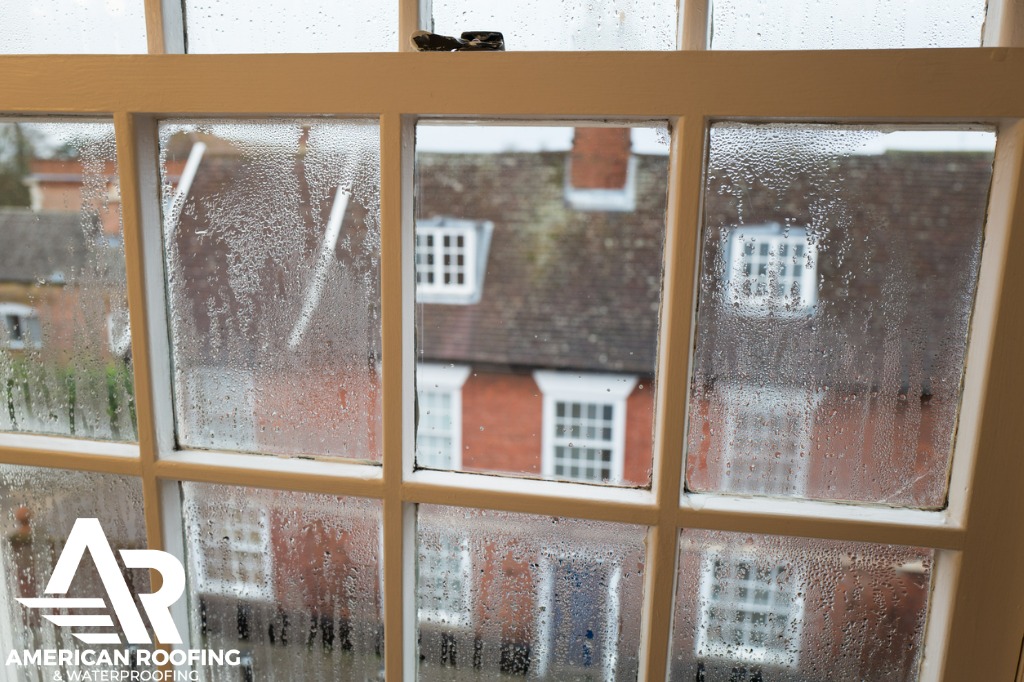The basics of the commercial roofer considerations
Determining the cost of a commercial roof replacement entails big unknowns; however, looking at the basics and understanding the factors will help building owners understand the process. When considering the price of a new commercial roof, here are the necessities that should go through the estimator’s mind.
Existing Roof (or lack thereof), can greatly impact the total cost of a new roof. Depending on whether a repair, replacement or new installation is preferred, the price will fluctuate between the three. An existing roof’s condition (including age, composition, etc.) determines the difficulty of its subsequent removal for replacement; repairs and new installation may potentially bear lower costs.
The site of a roof installation also bears an effect on costs, as obstacles/barriers (trees, proximity to other buildings, etc.) to roof access will increase labor costs and require equipment that will ultimately drive up the price.
Materials are one of biggest-ticket items when considering the cost of a commercial roof. These costs vary by the roof type (see our previous blog on “6 Common Commercial Roofs”), size and quality. Most roofs are priced based on square footage, with larger roofs requiring more materials, raising the total cost. Similar to the size of the roof, the quality of materials used directly impacts the overall price of a roof. “Type of roof” is an aspect of the roofing cost that the customer has the most control over, so considering all options is a best practice when pricing out a roof.
The price of materials (i.e., lumber, metals, etc.) is greatly affected by economic drivers. 2020 has seen material providers adjust prices in their favor. The construction sector has been one of the few industries that has seen steady increases, which has created unforeseen pricing spikes, subsequently causing the cost of roofing projects to increase. Taking this into consideration as you plan your future project may be helpful for multiple reasons.
Labor costs directly relate to the time, effort and number of professionals the roof installation requires. A shortened timeline may add to the cost of a roof installation, as it may require more workers or more hours worked.
In the same vein, the intricacies or difficulties associated with a roof install can drive up the price. Slopes, peaks and valleys—aspects that require the joining of two planes— require more attention, time, materials and expertise. Although it may increase the pricing because of sheer mechanics, proper installation will prevent future costs and headaches.
Geography plays an important role in roof installation pricing. Install sites located in rural areas —a significant distance from the hub of contractors—require materials and employees to travel for extended periods of time. Remote locations have additional associated costs (e.g., gas, transportation, time, etc.) and will drive up the price of installations, repairs and replacements. Additionally, the cost of roofing varies significantly by region. The Southern region can expect to fetch lower prices than the West or Northeast depending on the contractor enlisted.
At American Roofing and Waterproofing, we believe in transparency. The price breakdown of a commercial roof installation should never be riddled with mystery. As one of the best roofing companies in the Arizona, California and Texas, our knowledge and experience will ensure the efficient, on-time and on-budget completion of all installations.



